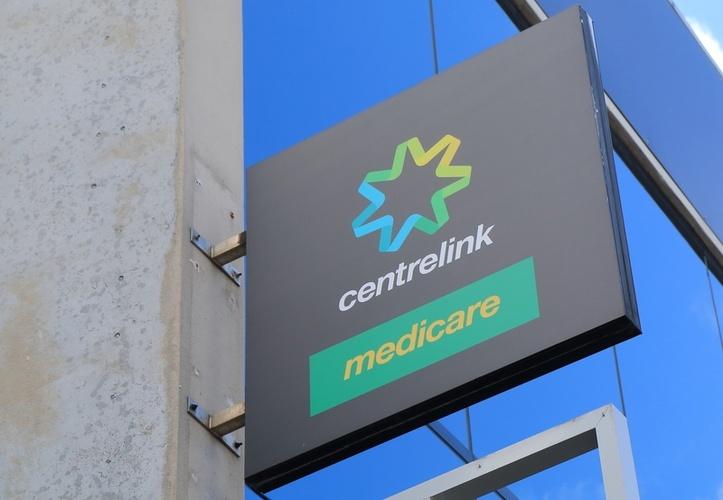
The government has earmarked $316.2 million over four years as it works to digitally transform the welfare payment system.
The goal is to deliver “more efficient and automated claim, assessment and payment processes,” budget documents say.
It is the third stage of the delivery of the Welfare Payment Infrastructure Transformation (WPIT) program, which will progressively replace Centrelink’s ageing technology platform.
The WPIT program, hatched in 2015, is slated for completion in 2022. The total cost of the WPIT overhaul is expected to be around $1 billion.
According to a joint statement released by Human Services Minister and Minister Assisting the Prime Minister for Digital Transformation, Michael Keenan, and Social Services, Dan Tehan, the government is improving the technology that powers the welfare payment system to make it faster and easier for Australians to deal with Centrelink.
“We will improve the integrity of the welfare system by working with the states to suspend payments to those who have outstanding warrants for indictable criminal offences, and enabling those with court-imposed fines to deduct payments from their welfare," Keenan said.
Keenan said WPIT has already delivered significant improvements to the way students access Austudy and Youth Allowance payments.
“Those claiming job seeker, age and disability pensions and carer payments will be the next to reap the benefits from digital transformation.”
The third stage of the WPIT program will transform the delivery of payments to jobseekers, older Australians, carers and people with disabilities by implementing more efficient and automated claim, assessment and payment processes.
Under the plan, the government will allocate $50.0 million in 2018-19 to reduce Centrelink call wait times. The cost of this measure will be met from within the existing resources of the Department of Human Services.
Provision for this funding has already been included in the forward estimates, with further efficiencies of $35.4 million to be realised over five years from 2017-18.
Keenan said the funding for technological enhancements in this year’s budget would deliver multiple benefits such as reducing claim processing times and the cost of administering the payment system.
“Digital innovation is not just limited to the welfare system, it is being driven across the whole of government with the aim of making life as easy as possible for those dealing with a variety of departments,” Keenan said.
“Enabling people to conduct most of their business online removes the need for them to visit government offices or call us with questions, speeding up the time it takes to process their claims.
“While we deliver these major transformation projects, we remain committed to ensuring Australians can access the services they need which is why we are also boosting our telephone capacity.”
Join the CIO Australia group on LinkedIn. The group is open to CIOs, IT Directors, COOs, CTOs and senior IT managers.
